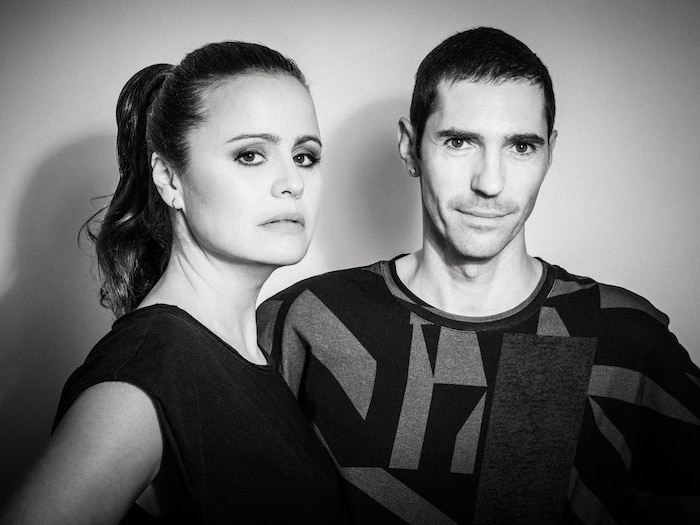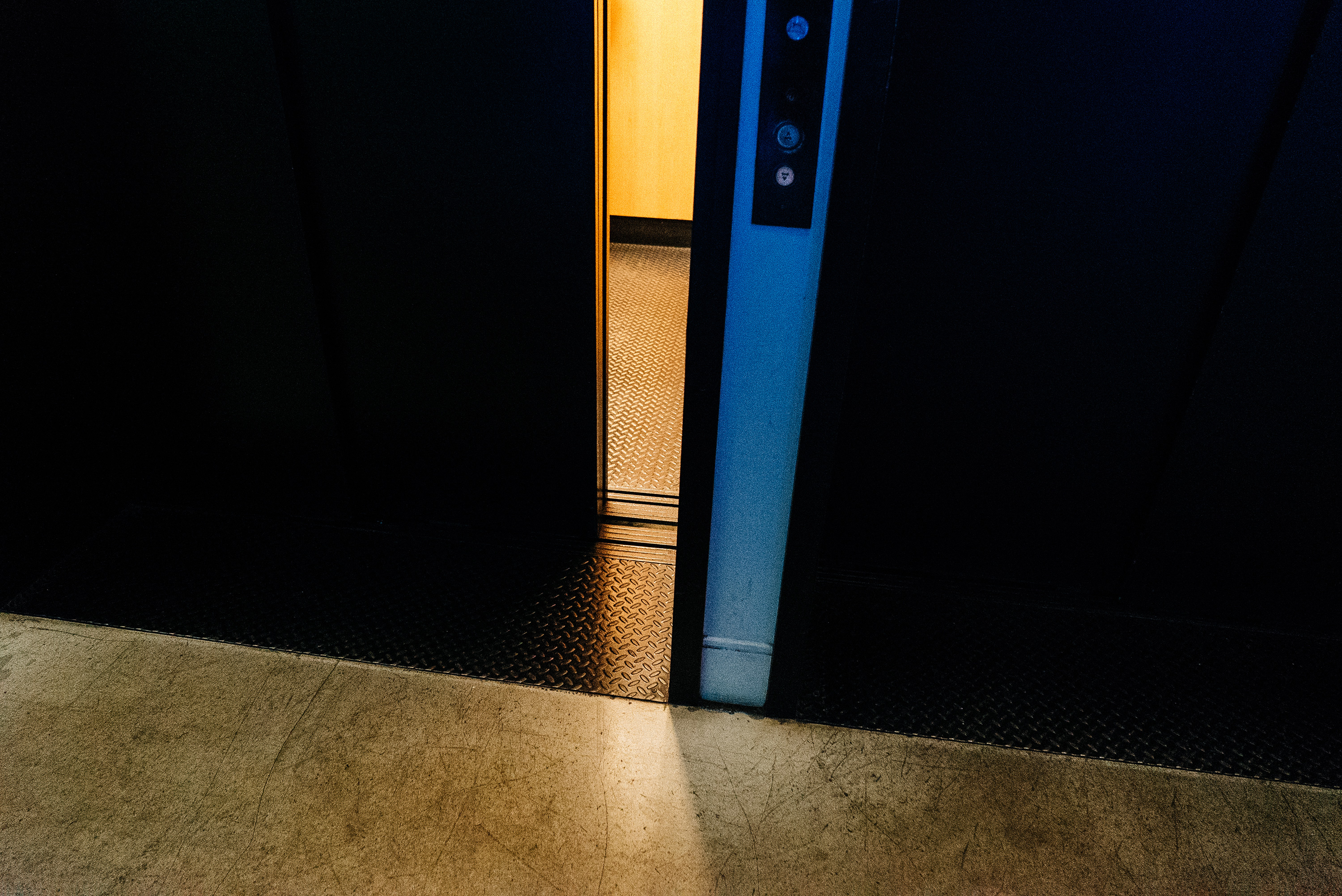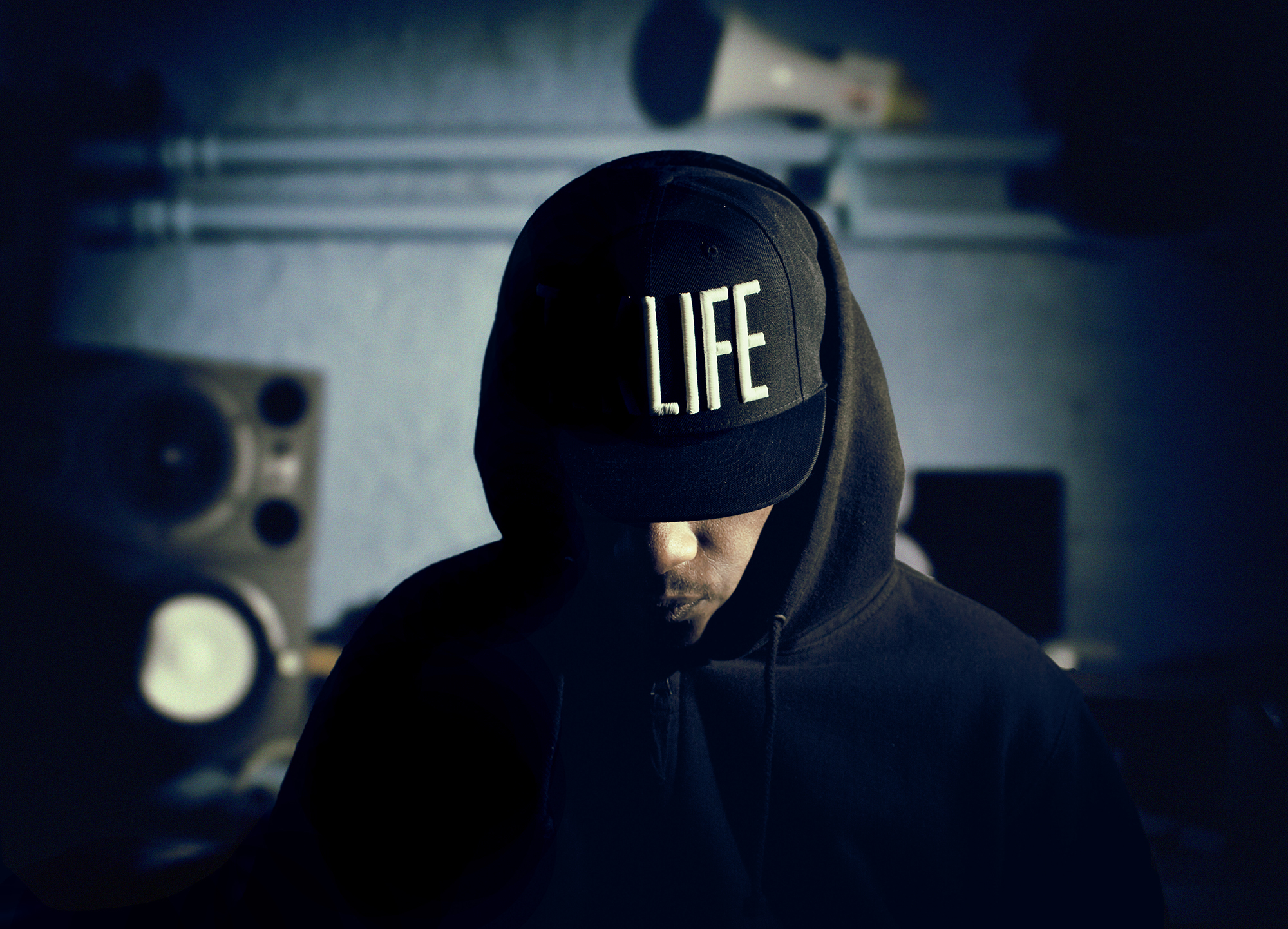Martyn and Steffi are Doms & Deykers, a Techno Collaboration of Titans

Dutch-born producers Martyn and Steffi both have impressive solo careers, but a chance meeting led to a friendship and, eventually, a new collaborative project they dubbed Doms & Deykers, creating melody-infused bits of house and techno. To mark the release of their debut LP, Evidence from a Good Source, Martyn and Steffi recently spoke with RBMA Radio’s First Floor host Shawn Reynaldo about their working relationship and detailed how their new album came to fruition.
Listen to First Floor on RBMA Radio here every Thursday at 1PM EDT.
You’ve both been active in electronic music for nearly 20 years. What’s the real story of how you guys came together?
Martyn
The real story is that we actually only met in 2010, on a bus to a festival in Holland called Lowlands. It was kind of funny because we were both, I think, aware of each other [as artists]. Once we were on that bus, we found out that we grew up really close to each other: so close, in fact, that we kind of speak the same dialect, and we had a lot of shared experiences with clubbing; we knew similar people, went to similar venues. It was an interesting meeting and we stayed in touch – through sharing experiences and becoming friends, then musically.
Even though you guys had this connection, you’re both established as solo artists and seem to be pretty busy with DJing, making music and running labels. Was there any hesitation about, “Why would I want to add another complicated collaborative project to my plate?”
Martyn
When we became friends, Steffi invited me to come to the studio and jam – to make some music from the perspective of having fun, not to make it into a full-blown project. That went so naturally and was so fluid that one thing led to another. It wasn’t like we sat down and thought about starting a new venture. It happened organically.
Steffi
Yeah, I agree. When you click with somebody and you have something on the horizon that you both want to approach, it happens because you have that creative energy, enthusiasm and motivation. We’re very much on the same page when it comes to discipline, motivation and creation, so for us it was a natural flow.
When the Doms & Deykers material first started to surface, there was a lot of talk about how the project was at least partially inspired by the music you guys heard while you were coming of age in the ’90s. Was that the case, and what was the scene like in Holland during those years?
Martyn
We do have a shared heritage. We both started raving in the early ’90s so we talked in the studio about out influences, like early Detroit records and early Chicago, but we also definitely talked about music from the UK and Belgium. This shared heritage made it easier to communicate – if we wanted to create a certain vibe, it was easy to reference it.
Steffi
I think there are mutual experiences that we used as references. Most of them are about feelings: “Oh, remember when we went to that party?” or “Were you there?” or “What were you doing in that year?” We exchange experiences because we were so excited to be from the same place. It was a very vibrant scene in the early ’90s. We were both very interested in the more experimental side of clubbing – we went to the same venues and saw the same concerts – so it was also a lot of fun to have these moments as references.
We [are] both are very aware of the fact that there’s a lack of melody in a lot of [contemporary] techno. That is something that we both find essential. You need to have melody to have recognition.
Martyn
Doms & Deykers was never meant to be a retro project, to recreate music that was already done in the ‘90s, but we were talking in the studio about a vibe that we missed in a lot of current music, and that vibe is what connected us musically. In the newer material that we’ve done, that comes out clear: it might have an earlier vibe, but the music is contemporary.
Steffi
I agree, and I think we both are very aware of the fact that there’s a lack of melody in a lot of [contemporary] techno. That is something that we both find essential. You need to have melody to have recognition. We are strong believers in music that is melancholic and melodic, and a lot of old house and techno is very melodic, song structure-based and has a melancholic vibe to it. There’s a lot more linear music these days, and that’s why we want to put those ingredients into our projects.
Martyn, you live near Washington DC, and Steffi, you’re based in Berlin. Where and how was the album created?
Martyn
The collaboration started in Steffi’s studio. I traveled to Berlin quite often, so I usually added a few days onto my trip after I played a gig there for us to have some time in the studio. That’s how we made the first two EPs. Usually, we jam in the studio and record all the sketches as audio, and then we start bouncing back and forth online: either through Skype or FaceTime, and using Dropbox. We finish the tracks online, but it’s a hybrid thing: some tracks are born in the studio, others are born online or out of old sketches. The bulk of the album, though, was done in real-life studio sessions.
What’s the working dynamic like between you two?
Steffi
There are no rules. Somebody might be concentrating on the arrangement and send it over to the other one, who has a look at it and makes a few changes. If there’s a bassline or some string parts missing, we check who’s in what kind of mood and we divide what needs to be done, which is really interesting because a lot of people approach us and say things like, “Oh my God, I can totally hear your bassline on this track!” And I’m like, “No, it’s actually not my bassline, it’s Martyn’s bassline.” We don’t box ourselves in and say, “You need to be doing this,” or “You need to be doing that.” Sometimes it’s a matter of one note that needs to be moved, and it gives a whole new dimension to a track. It’s very versatile in a creative process like this.
Martyn
I like the dynamic between us. Steffi and I are good at certain things and we both recognize them well. If I’m stuck and I know that Steffi’s arranging skills are better for that particular track than mine, it’s easier to just give it to Steffi. Sometimes she gets stuck with something and says, “Well, Martyn can do something good on this,” and we pass things back and forth all the time. That’s also a confidence thing in the studio, where we’re not afraid to admit to what we’re good and not so good at.
After working with each other for a few years now, and completing a few releases, what do you think is the other’s biggest strength?
[Steffi’s] very good at simplifying things: to finding and isolating the essence of an idea, instead of using a very elaborate idea.
Steffi
It’s hard to say, because you learn so much during the creative process that you start to own it yourself. Martyn is a really big fan of sampling, which I know very little about. He explained it to me and I instantly started to implement it in my work. I’m more step-sequencer based, and showed him how I work, and I know that he’s using that in his way of working, too.
It’s a general exchange of workflow that builds the project, but what I really appreciate about Martyn is the confidence that things will be solid at the end of the day; where I sometimes lose it and I’m like, “What is the vibe? Is this good? Is this not good? Where is this going?” He’s very aware of, “This sits right; this doesn’t need to be touched anymore.” I appreciate that – it makes the jam sessions short and spontaneous, because you don’t have to search for hours and hours. If it sits, it sits, and the enthusiasm coming from Martyn for it is strong. He’s convinced when something good is happening.
Martyn
What I admire in Steffi’s work is, first of all, her discipline. I find it easy to lose myself in constructing music, or in writing something, and then going off the beaten track and never finding my way back [to the main task]. She’s also very good at simplifying things: to finding and isolating the essence of an idea, instead of using a very elaborate idea; I tend to write lots of melodies and very complicated beats, and sometimes I play stuff to her and then she says, “Well, maybe you should just use this little bit.” That little bit is the essence of the idea.
On the flipside, what was the hardest thing about collaborating?
Steffi
In the beginning, you just need to put your ego aside. If you can do that, it opens up a whole new world, and I think we’ve nailed that pretty quickly; not to just be like, “OK, this is mine, and I want this note to be high,” or “I want this note to be removed because this is the way I feel about it.” After the first jam session in the studio, I really felt like, “OK, this is really essential; to step back from your own opinion and what you want and how you want it to sound,” to be able to let the other one in.
Martyn
Also, because you are with someone else, you need to make decisions pretty quickly about if something’s going to work or not. You don’t want to spend months and months fine-tuning one particular track, and then find out that it never works, you know? The Doms and Deykers project is, for me, a faster way to make music than as a solo artist.
Steffi
Loads of things are also based on trust. If somebody explains why they want to work a certain way, or why certain things need to be changed in benefit of getting a better track, it’s up to the other one to accept it as a positive change. You always have to have a lot of curiosity as to why the other one wants to make an edit or something, or why the other one wants to do a little change because it benefits the track.

